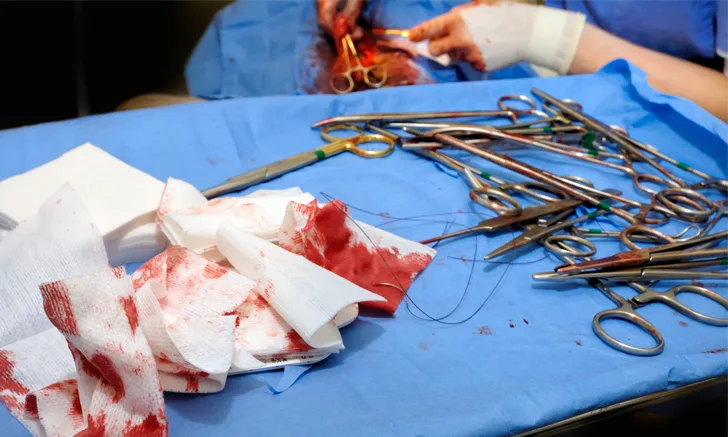
Dear Second Opinion,
Last month, I had a stressful experience during a routine ovariohysterectomy procedure. After ligating a pedicle, I noticed that the abdomen was filling with blood. I panicked and froze—I wanted to drop my instruments and run away. It took everything I had to calm down, figure out what to do, extend the incision, find the bleeding pedicle, and religate. By the time the surgery was done, I was a shaking, sweaty mess and was on the verge of tears.
The patient is fine and I know that bleeding is a common complication of this surgery, but I can’t stop reliving this moment whenever I step into the surgical suite. I’m finding myself dreading surgery now.
How can I get over this incident and learn to love spays again?
—Bad Spay Day
Dear Spay Day,
Anyone who has done enough surgery has had an experience like yours. Risk is inherent in our chosen profession, especially for veterinarians who want to continue learning and improving. In surgery, consequences (both positive and negative) play out right in front of us, making it an intense experience.
At the end of the day, you performed a successful surgery.
Although routine, spays are probably one of the most difficult and underrated surgeries we perform. We have all had cases that just ruined our day—the trick is not to let them ruin your career. At the end of the day, you performed a successful surgery. There were complications, but your patient was fine and you managed to repair things. Be sure to remind yourself of that.
Let’s look at a few practical tips to get you back in surgery with confidence, and then we’ll come back to the emotions surrounding surgery. In general, make your incisions larger, go more slowly, and make sure you have quality surgical instruments (this makes a difference). Surgical specialists often chastise general practitioners for making their incisions too small. Remember that incisions heal from side to side and a long incision heals in the same amount of time as a short one. More room means better visualization.
For tying off the pedicle, studies have shown that a strangle or Miller’s knot holds better than a surgeon’s knot, with less chance for slippage.1,2 These knots can also more easily be pushed down over an instrument and secured in place. Many conferences offer surgical wet labs, which are a great way to gain more practice. The more you learn, the more confident you will become.
Be open with your coworkers about how you feel. I will venture to bet that all of your fellow veterinarians have had a similar experience and I will also bet the nurses will be supportive of your quest to get back on your feet and improve. It’s perfectly okay to ask a technician to scrub in for a spay until you get your confidence back. Everyone falters and we all have crises of self-doubt. Be sure to self-assess and make sure that your strong reaction is not a symptom of other mental health issues. We veterinarians have tough jobs, and there is no shame in talking to a professional to help you sort out your emotions.
It takes a leap of faith to believe in ourselves. If it’s in your heart to do right by your patients, it will be in your hands as well.
Sincerely,
Barak Benaryeh, DVM, DABVP
Gain more nerve-calming advice from Dr. Benaryeh, along with 5 other seasoned veterinary professionals, in Practical Guidance for New Veterinarians, a free e-book available for download now.